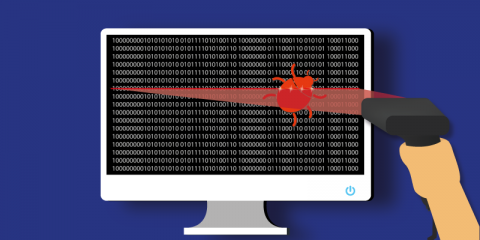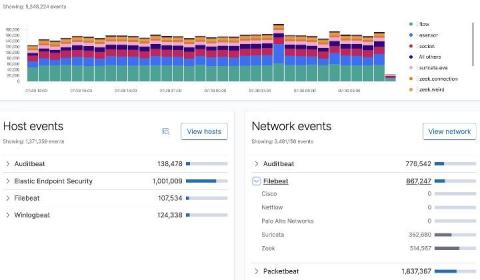Poor Data Governance Cost Capital One $80 Million
Last year, Capital One showed the world why data governance is so important when it was the victim of a massive data breach that exposed the personal data of 106 million customers. It is still one of the biggest hacks ever recorded, and the company has now been fined $80 million by banking regulators. A “what’s in your wallet” meme would work great here, but let’s keep this classy.










